Gynosexuality is a term that captures the complexity of sexual attraction beyond conventional categories. It specifically refers to attraction toward femininity, irrespective of biological sex or gender identity. This orientation highlights the fluidity and spectrum of attraction, offering a broader understanding of how individuals experience connection. But what does it really mean to identify as gynosexual?
What Is Gynosexuality?

Gynosexuality refers to an attraction to femininity. This can include feminine-presenting people of any gender identity, such as cisgender women, transgender women, and non-binary individuals who exhibit feminine characteristics.
Beyond Gender Binaries

This orientation transcends traditional gender binaries. Gynosexuals are attracted to feminine traits without regard to the physical sex or strict gender identity of the person, embracing a spectrum of femininity across different bodies and identities.
Expression of Femininity

What attracts a gynosexual can vary widely. It might be physical attributes typically associated with femininity, behaviors, or even subtler expressions of gender identity that align with societal norms of femininity.
Inclusion in the LGBTQ+ Spectrum
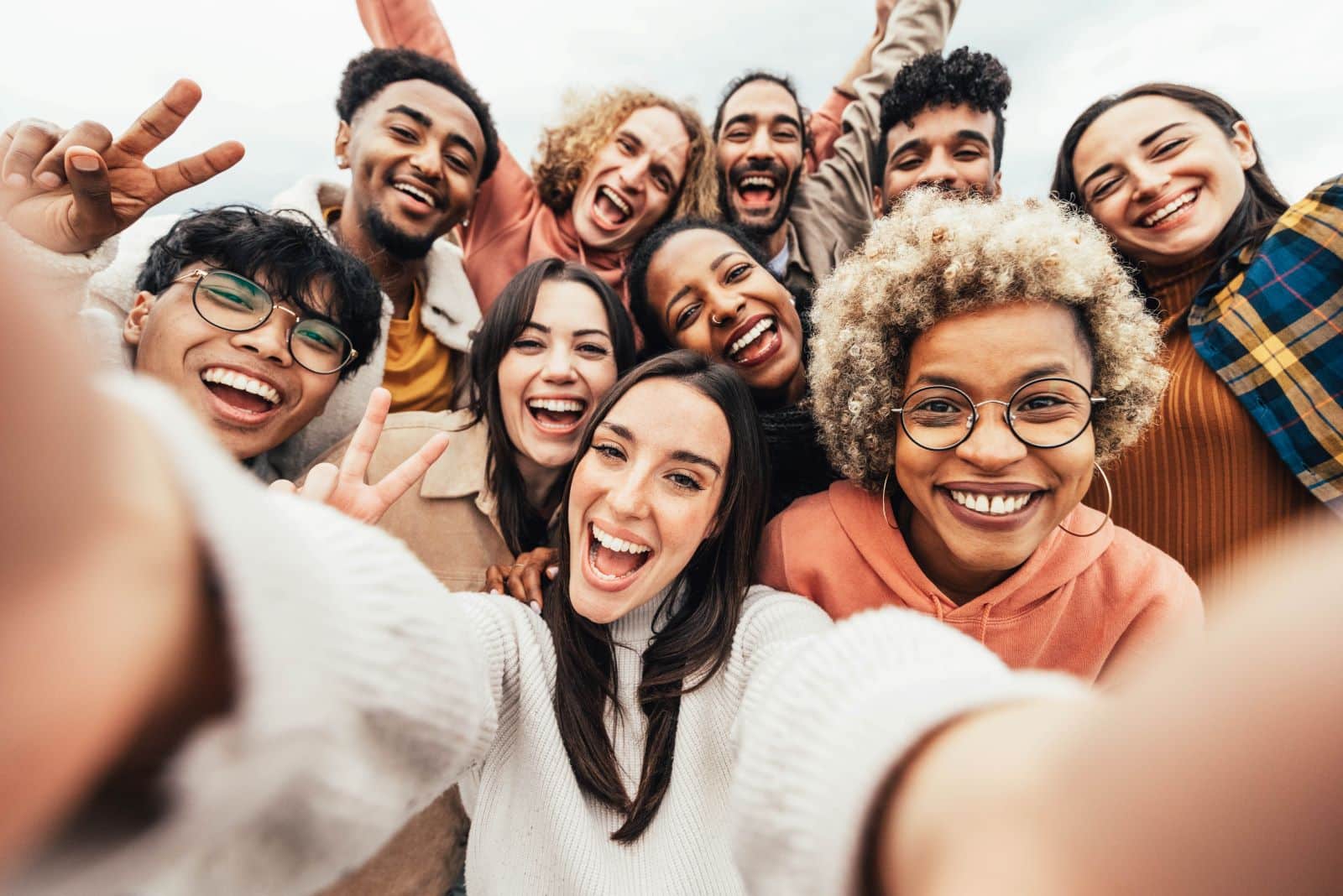
Gynosexuality is part of the broader LGBTQ+ spectrum, offering a unique perspective on attraction that challenges conventional heterosexual and homosexual categories. It emphasizes the importance of nuanced sexual identities in our understanding of human relationships.
Social Perception and Acceptance

Gynosexuals may face challenges in gaining recognition and acceptance due to the less widely understood nature of their attraction. Misconceptions and lack of visibility in mainstream media can lead to confusion and isolation for individuals identifying as gynosexual.
Relationship Dynamics
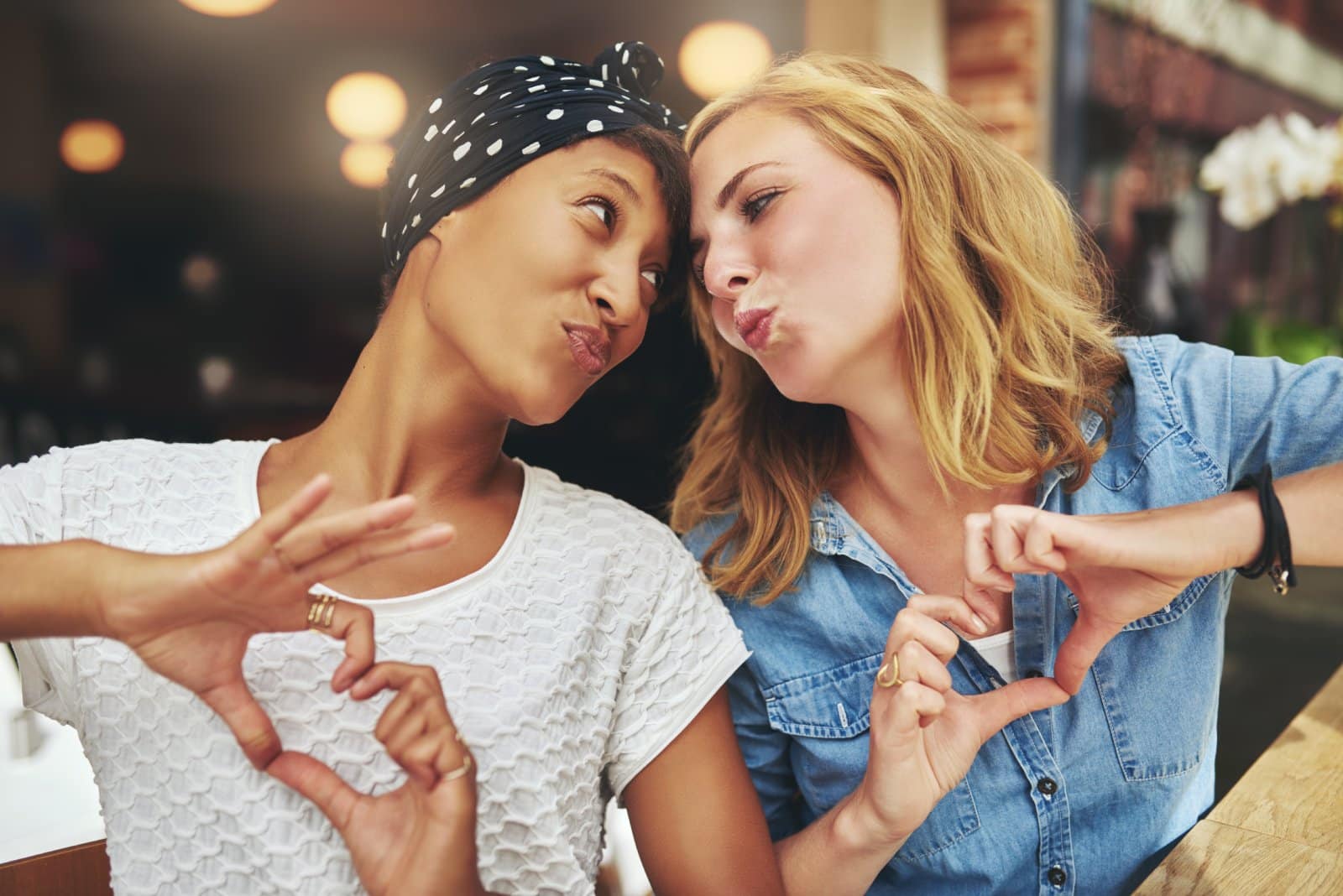
Relationships involving gynosexual individuals might look different from traditional ones. They often transcend typical gender roles, focusing more on the mutual appreciation of femininity in whatever form it appears.
Advocacy and Education

Educating others about gynosexuality is crucial for broader acceptance. Advocacy can help clarify misunderstandings about this orientation and support those who identify with it, promoting inclusivity within and outside the LGBTQ+ community.
A Broader Spectrum

Understanding and recognizing gynosexuality broadens our perspective on sexual orientation. It highlights the complexity of attraction and challenges us to think beyond binary categories of gender and sexuality.
Visibility Challenges

Due to its complexity, gynosexuality often struggles with visibility and recognition, even within some LGBTQ+ circles. Greater visibility can lead to better understanding and integration.
Intersection With Feminism

Gynosexuality intersects interestingly with feminist ideologies, often challenging traditional notions of what it means to be attracted to “femininity” and who can embody these traits.
Historical Context
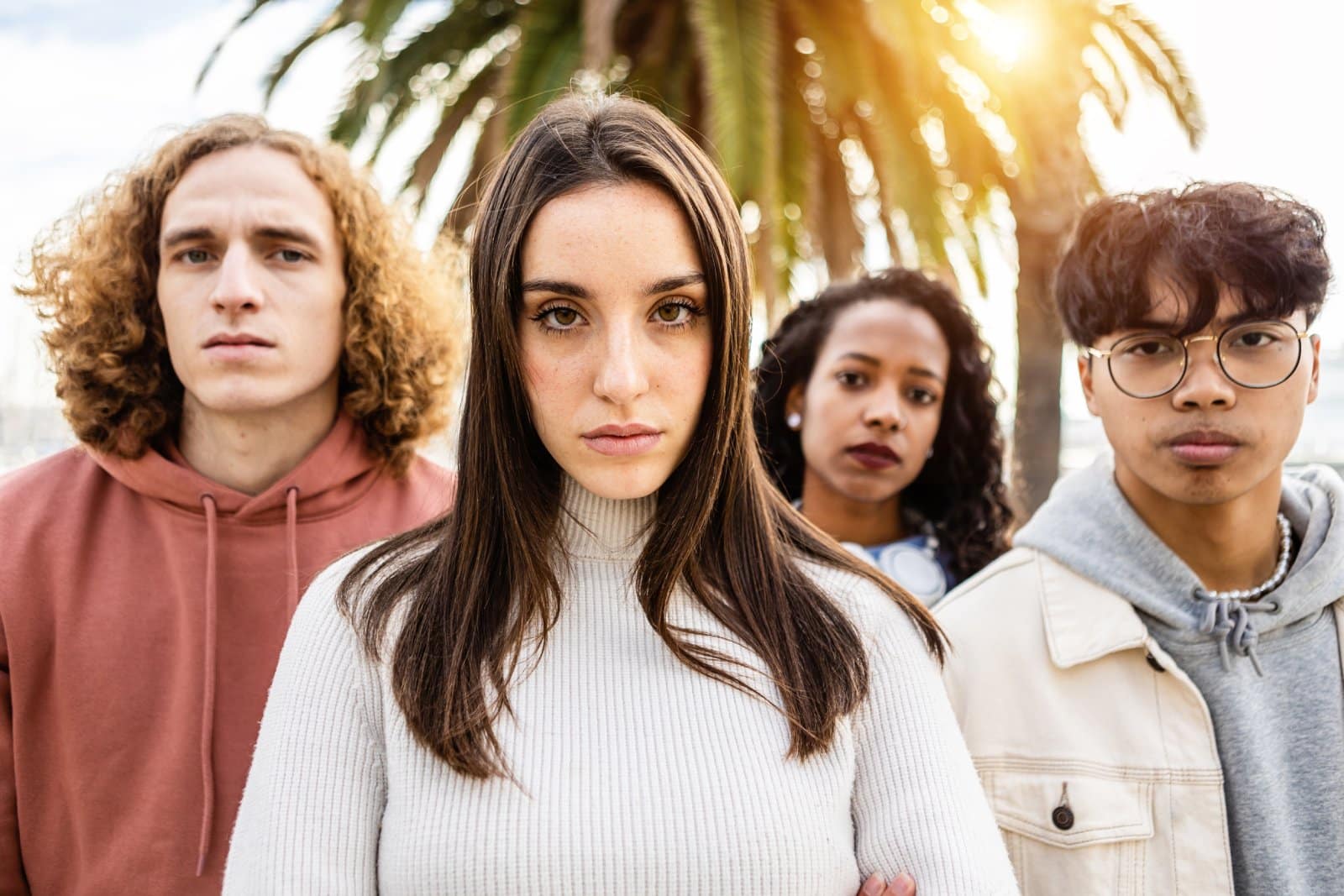
Throughout history, many cultures have recognized more than the typical male/female binaries, with third genders and unique roles. Gynosexuality fits into this broader historical context, offering a modern framework for ancient understandings of gender and attraction.
Cultural Variability

The expression and acceptance of gynosexuality can vary significantly across different cultures, influenced by local gender norms and attitudes towards LGBTQ+ rights.
Psychological Impact

Understanding one’s gynosexual identity can have significant psychological implications, particularly in terms of self-acceptance and the navigation of social relationships.
Challenges in the Dating Scene
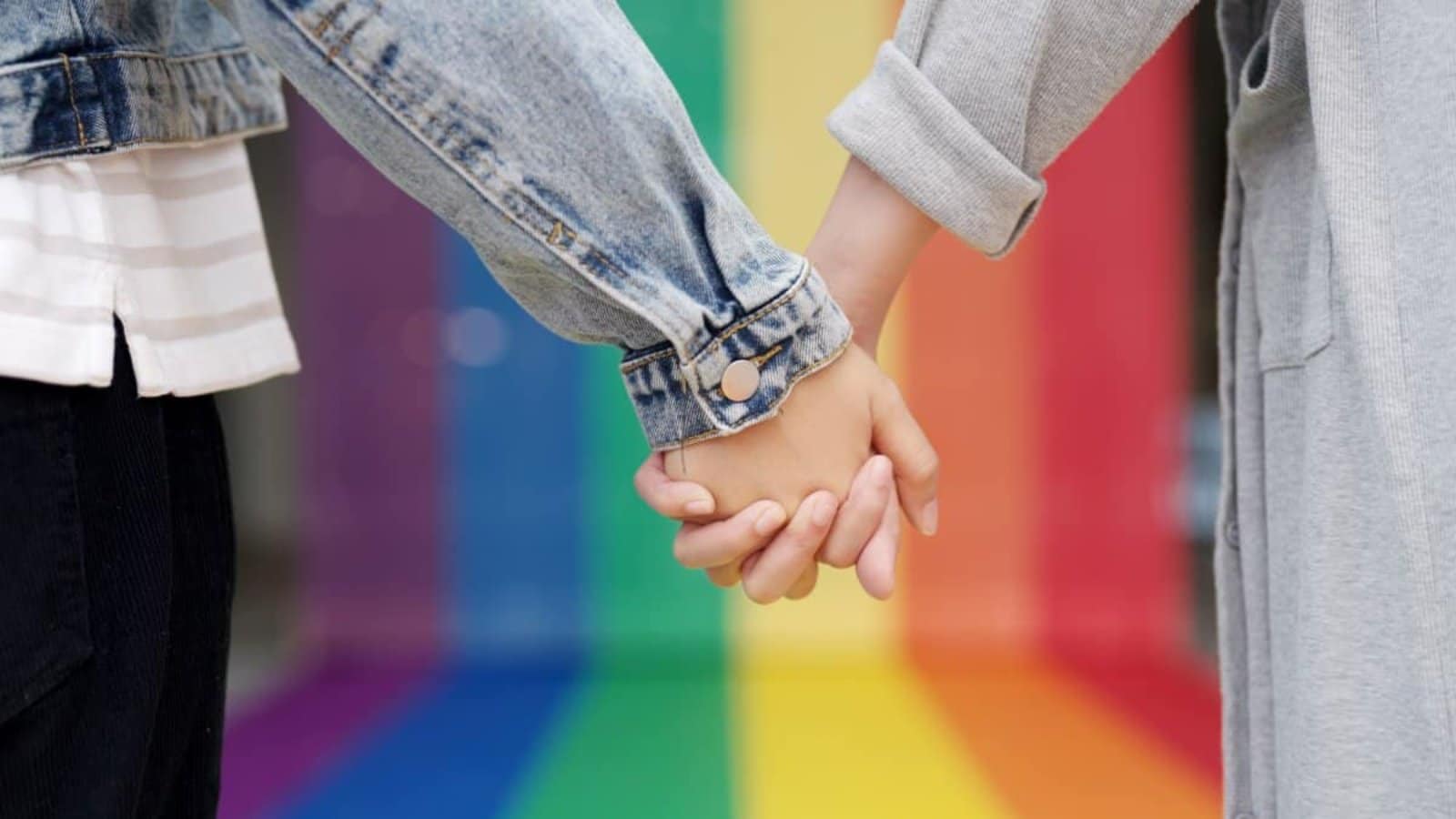
Gynosexual individuals might face unique challenges in the dating scene, where gender expectations and traditional roles can complicate interactions.
Role of Language in Identity

The terminology used to describe gynosexuality plays a crucial role in shaping and communicating its meaning. Language evolves as understanding deepens.
Legal and Civil Rights Issues

Gynosexuals, like other members of the LGBTQ+ community, can face legal and civil rights challenges that require specific attention and advocacy.
Community Support Structures

Building and maintaining support structures for gynosexual individuals is vital for fostering a sense of belonging and community.
Artistic and Cultural Representation
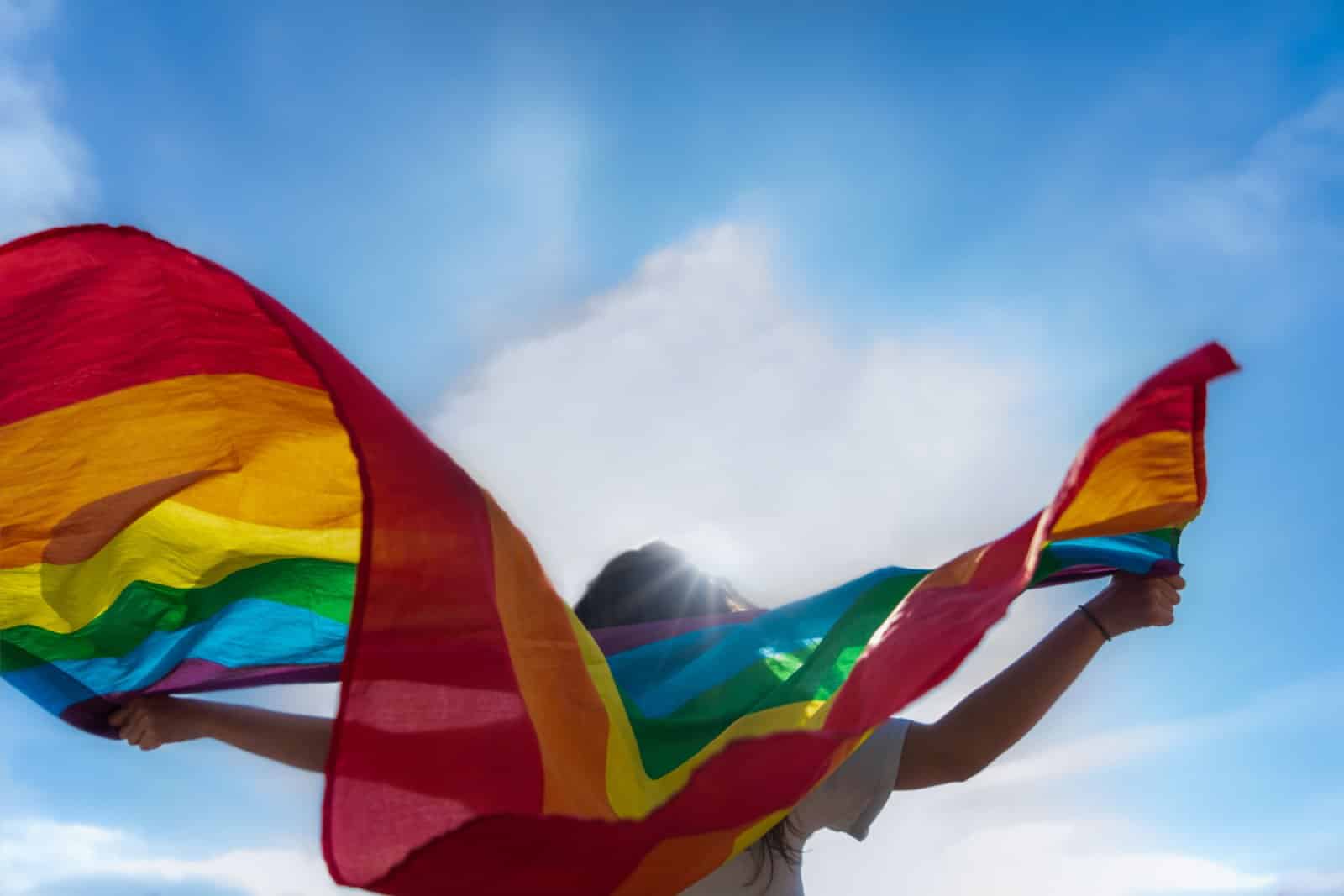
Representation in art and culture can play a powerful role in normalizing gynosexuality and expanding public perceptions about gender and attraction.
Future Directions

The future of gynosexuality involves continued advocacy, increased awareness, and deeper integration into both LGBTQ+ and mainstream discourses.
Embrace the Spectrum

Gynosexuality reminds us that attraction is a rich and varied spectrum. Recognizing and respecting this diversity not only enriches our understanding but also supports the journey toward a more inclusive society. How can we better embrace and celebrate this diversity in our everyday lives?
The post Gynosexuality: Embracing the Fluid Spectrum of Attraction first appeared on Lists Lovers.
Featured Image Credit: Shutterstock / Jacob Lund.
For transparency, this content was partly developed with AI assistance and carefully curated by an experienced editor to be informative and ensure accuracy.

